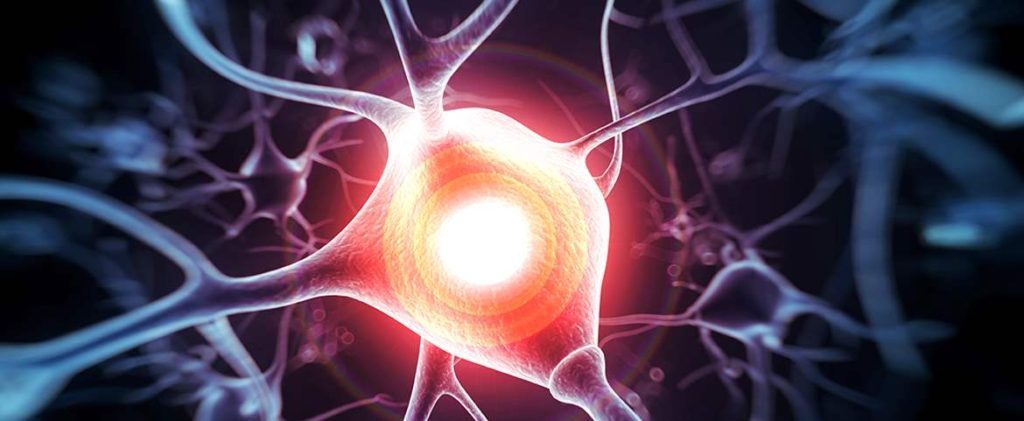Parkinson’s Disease

What is Parkinson’s disease?
Parkinson’s disease affects the nerve cells in the brain responsible for the production of the chemical dopamine, a neurotransmitter released by nerve cells to send signals to other nerve cells. The insufficient supply of dopamine leads to symptoms such as muscle rigidity, tremors and changes in speech and gait, increasingly as the disease progresses. Dementia, sensory problems and behavior issues are common symptom in later stages of the disease.
Causes of Parkinson’s disease
While numerous genes have been found to be associated with Parkinson’s Disease, approximately 90% of Parkinson’s Disease appear to be sporadic with no known genetic component. Environmental factors like pesticide exposure (directly or through groundwater) may increase the risk of developing Parkinson’s. Head injuries have been associated with the risk of developing Parkinsonism. Exposure to heavy metals exposure has been suspected as a risk factor, but studies on the issue have been inconclusive.
The cause of the cell death is currently not known currently. While the disease has affected many individual at younger ages, Parkinson’s is far more common in individuals age 50 and older.
Symptoms of Parkinson’s disease
As Parkinson’s disease progresses slowly, the initial neurological changes it causes may be very subtle. Often a sense of weakness, difficulty walking and stiff muscles are the first signs, while some may notice a tremor of the head or hands. From these initial signs symptoms gradually worsen, and will likely include:
- Slowed voluntary movements, particularly walking or rolling over in bed
- Diminished facial expressions, monotonous speech and decreased eye blinking
- “Parkinson’s gait,” a shuffling walk with stooped posture very little arm movement
- Poor balance; difficulty standing and possibly lightheadedness/fainting after standing up
- Continuous “pill-rolling” motion of the thumb and forefinger
- Unusual tone or stiffness in the core and limbs
- Swallowing and digestive problems (generally in the later stages)
Parkinson’s disease Prevention and Management
There is no solid evidence to support that any steps can prevent or delay the onset of Parkinson’s, but certain measures have shown a loose correlation:
- Caffeine consumption: Highly-caffeinated drinks like coffee and strong tea may help stimulate dopamine production.
- Tobacco smoke: Though decreasing life expectancy and quality of life, nicotine’s effect as a dopamine stimulator may reduce the risk of PD by a third when compared to non-smokers.
- Antioxidants and fatty acids: No concrete evidence has been found to support that diets rich in either of these are effective preventive measures against Parkinson’s.
While a number of medications exist that can help relieve some symptoms, there is currently no cure. Most pharmaceutical treatments for Parkinson’s work to increase and stabilize dopamine in the brain. Physical therapy and regular activity is vital in keeping the patient’s abilities from declining due to inactivity.


